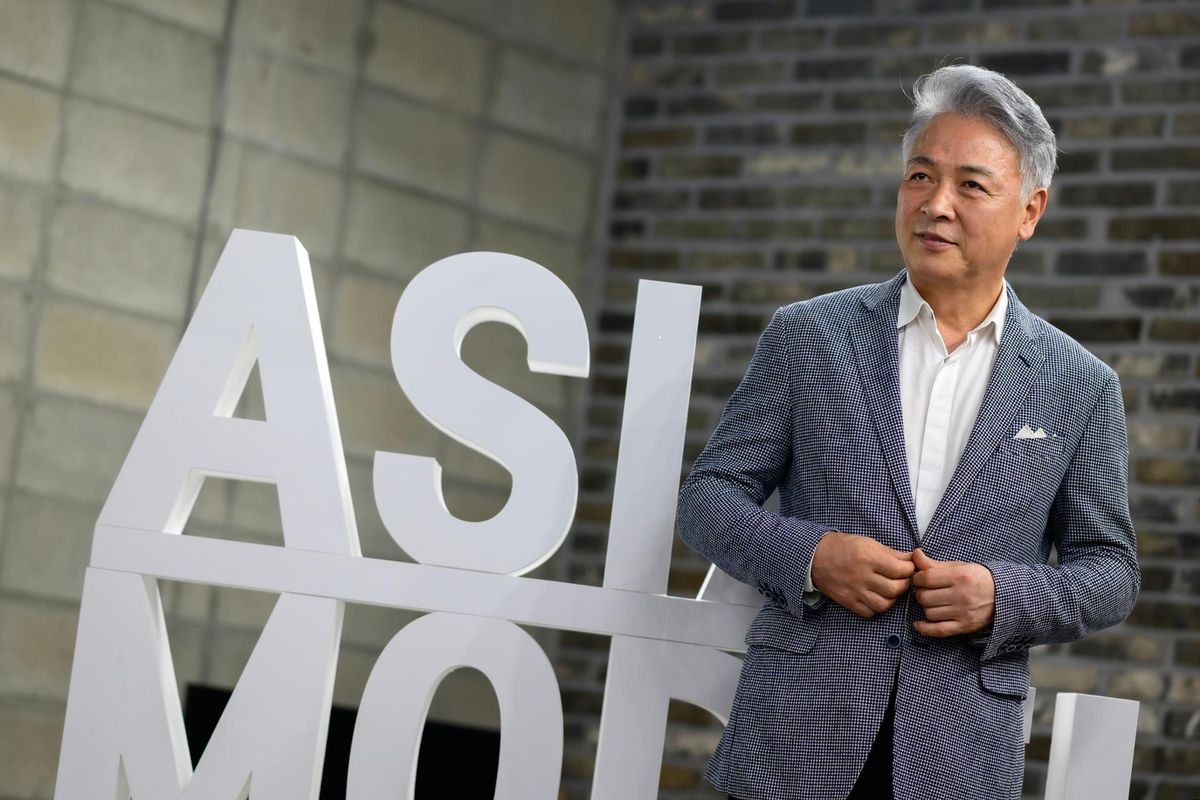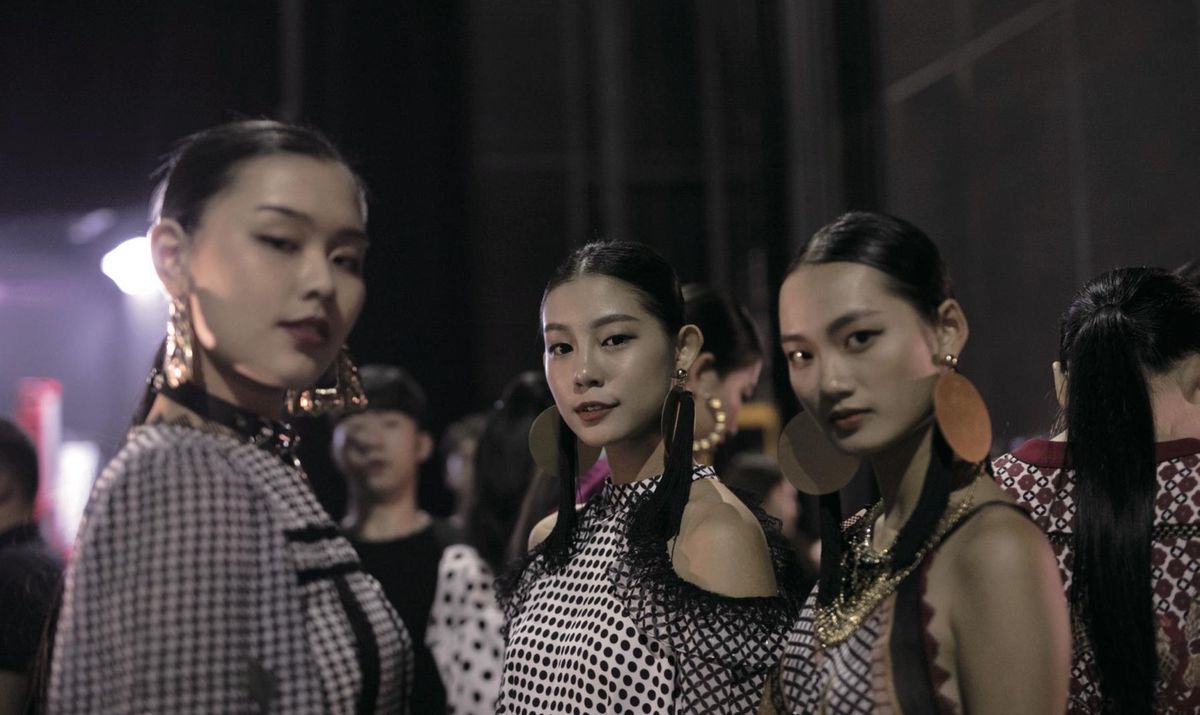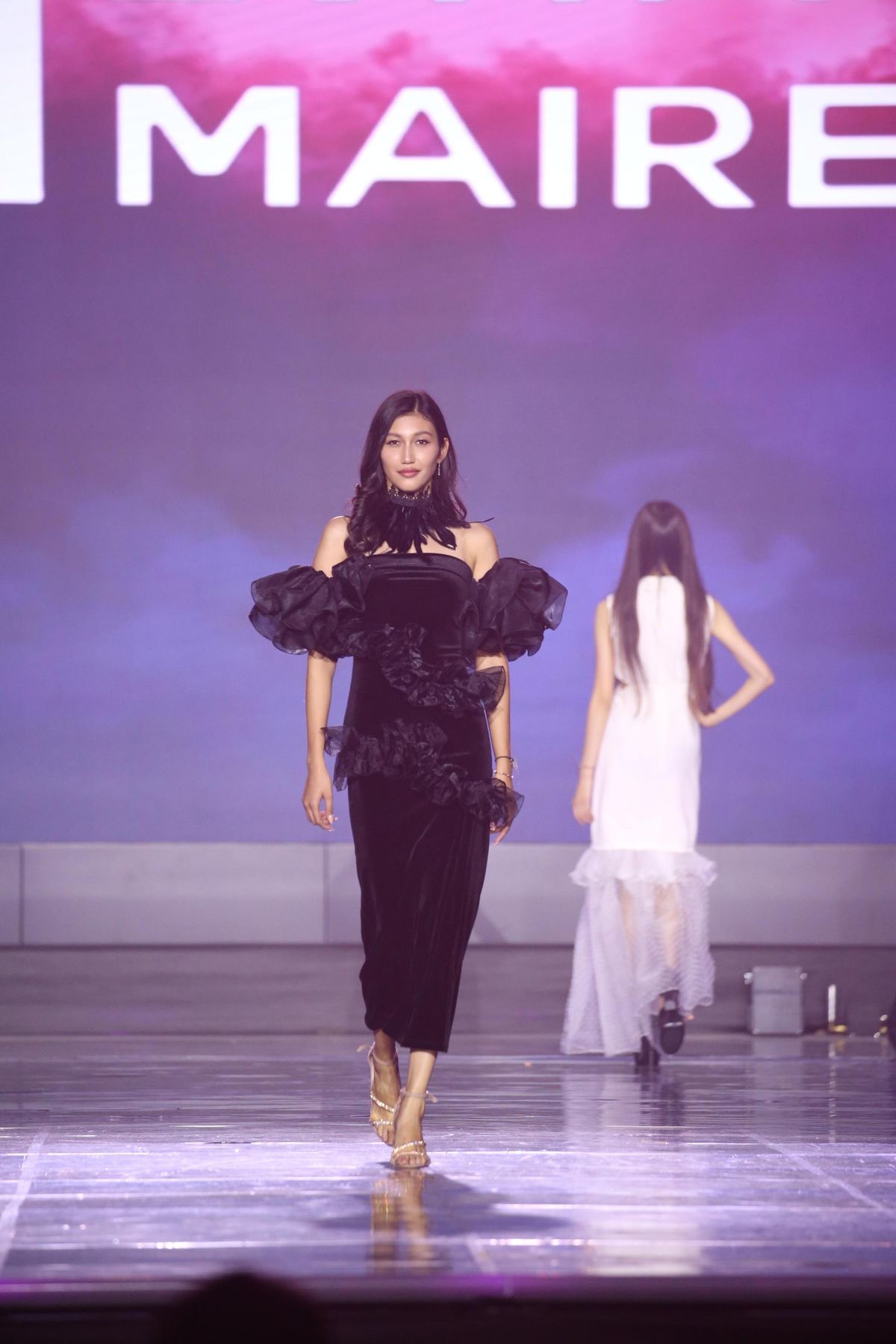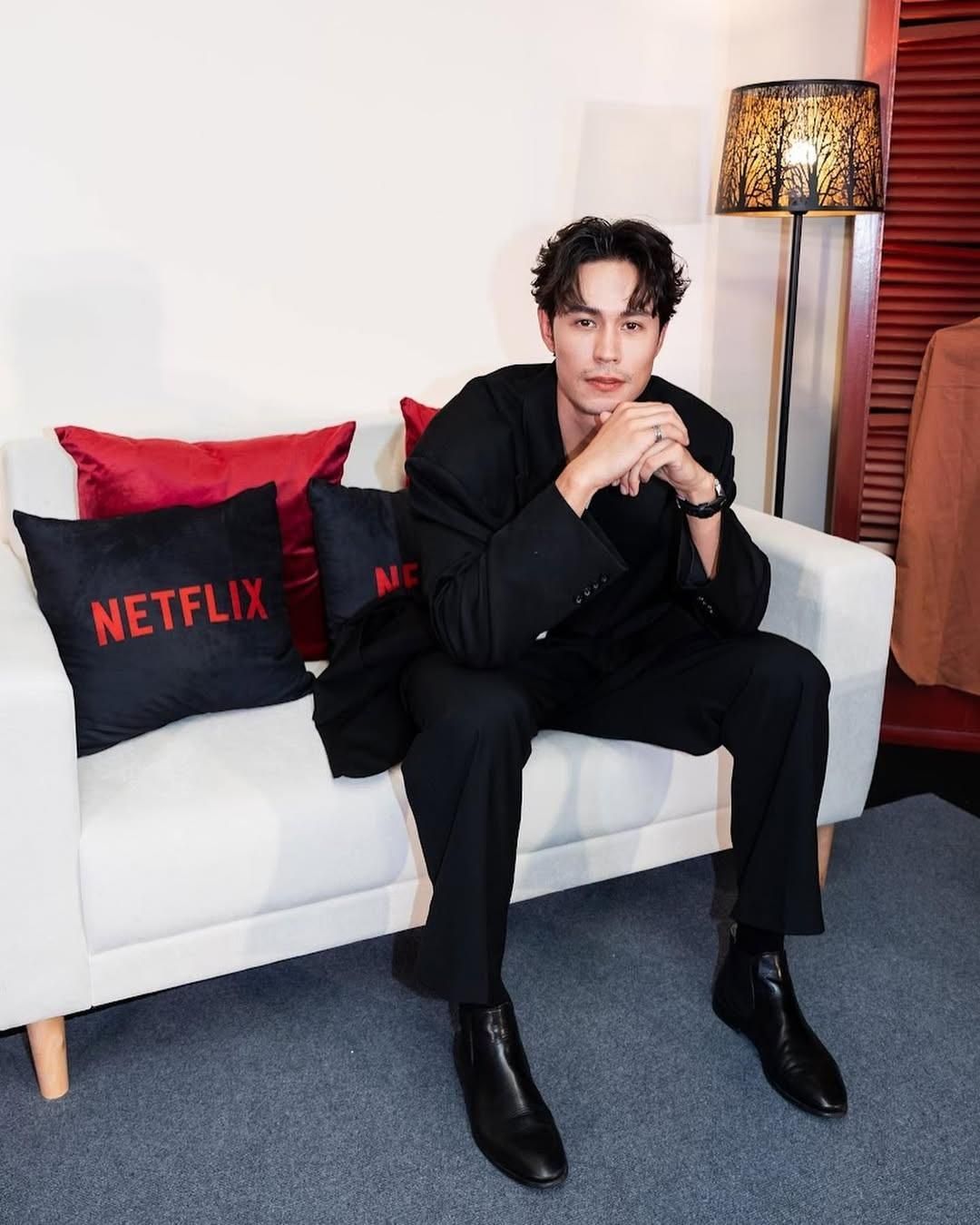
Yang Eui-sig, a popular TV commercial model in the 1990s, became president of the Korea Model Association in 2006. Observing that actors, singers and comedians enjoyed the spotlight of annual awards shows while models had none, he set out to change that.
After launching the Korea Model Awards that year, his vision went on to cross borders. With Japan and China involved, the award ceremony transformed into the Asia Model Festival. Today, it has become one of the world’s largest fashion and cultural platforms, with 27 Asian countries represented under one spotlight.
“Asian models who came to Korea 20 years ago have become leaders in their own countries and are now leading Asia. I can proudly say that such a huge platform was built,” Yang said during an interview with The Korea Times at his headquarters in southern Seoul, Aug. 11.
Not limited to just an awards ceremony, the event first kicked off with an opening fashion show by the late Andre Kim, then Korea’s most famous fashion designer, and has since grown into a launching pad for top designers, emerging talents and aspiring models.
“Raising the funds to host the world’s largest fashion model awards is by no means easy, but the fact that we have held the event without interruption for 20 years, producing countless stars from each country, is meaningful in itself,” he added.

He says Japan — despite its major fashion shows, global brands and famous J-pop stars — has missed the chance to build a broad cultural platform, focusing instead on agencies developing their own stars for profit. China tends to be less open to understanding and embracing other cultures.
“Korea may be small, but it’s a cultural powerhouse built on hard work — and hallyu (Korean wave) proved it. Models-turned-stars like Lee Byung-hun, Kwon Sang-woo, Cha Seung-won, Kim Woo-bin, Lee Jong-suk and Kang Dong-won now set the hair, makeup and fashion trends for all of Asia,” he said. “That’s why, 20 years ago, I coined the slogan: ‘From Europe to Asia through Korea and from Asia to the world through Korea.’”
Yang has long viewed Asia as a “young, populous, dynamic and future-ready” market, championing the catchphrase “One Asia.”
Even in today’s era of multiculturalism, he noted, some legacy media in Korea still reinforce outdated images and biases toward other Asian communities for ratings.
“Stereotypes that those are less attractive due to different physical traits still persist. But by putting the spotlight on models from various other Asian countries, this event showcase Asia’s diversity and beauty, breaking those perceptions,” he said.

As Yang noted, people can read a country’s fashion and beauty industry in its models, just as they can see its lifestyle in its housewives, its income level in its seniors and its quality of life in its children.
“A single outfit carries the era, culture and way of life of a nation. By looking at the traditional costumes of Asian models, you can see the culture and history of their countries — and each year, our stage brings those rich histories and unique identities to life,” he said.
Asia Model Festival is not just a platform for promoting Korean culture. It invites each participating country to showcase its own pride and traditions, creating a genuine multidirectional exchange. Over time, it has become a base for lasting cultural dialogue across Asia, highlighting the state of each country’s fashion and beauty industries while fostering mutual understanding beyond stereotypes.
Celebrating its 20th anniversary, this year’s event will take place from Oct. 25 to 31 at High1 Resort in Gangwon Province. Expanding its breadth from the conventional notion of models, for the first time it will feature a global fashion show with senior models and next-generation child models from around Asia walking the runway in designer brands, as well as competitions for senior and child models.
“To be a senior model, you need good health, sufficient time and financial stability. So, the senior modeling market is still small in most places. But in Korea, the scene is more active, while China and Japan are seeing it grow. This event helps Korea secure a leading role,” he said, adding that this year, about 800 participants from China and 200 from Japan are expected to join the senior model contest.

Standards behind Asia’s premier model competition
Discussing the festival’s signature “Face of Asia” contest — where regional winners from across Asia compete for the top title, Yang said the main judging criteria are overall body proportion and how well it’s presented. On the final day, star models from different countries join the judging panel to choose the winner.
“For posing, you start by setting your legs comfortably, then move your body, fix your gaze and finally form your expression. On the runway, the best models move in a way that looks beautiful in every camera frame, shifting their gaze naturally — from far away, to the audience and back again — like a smooth flow of water. And natural beauty matters,” he said. “If a face looks overly altered by surgery, it stands out for the wrong reasons. The best models have an effortless, natural presence.”

By 2024, this event had produced more than 1,000 Asian models. Last year’s winner, Julia Sonali from Sri Lanka, became a sensation in her home country and is active in broadcasting, including serving as an MC for Sirasa TV. Man Soranun Trisanu from Thailand has appeared in numerous dramas and films such as “Step by Step” and “6ixtynin9” since appearing in the competition.
Filipino model Erla Raene Garcia is currently active in the United States and has grown into a global fashion icon. Nepalese model Niti Shah, who has been serving as a judge for the Asia Model Awards competition since her win, continues her career as the host of “Mega Model” Season 4 and by appearing in films. Caroline William is raising international awareness of Myanmar’s modeling potential, while Vietnam’s Nguyen Quynh Anh has been showcasing her versatile talents across television, photo shoots and the runway.
Yang, who has written many books on the modeling industry, including “Asia at Twenty” and “Model.com,” noted that while Korean models are making their mark on the international stage, many young people with the potential to become models are gravitating toward becoming K-pop idols instead, making aspiring models relatively scarce.
He also pointed out that today’s young models tend to rely too heavily on talent agencies.
“They simply follow whatever instructions their agency gives, going wherever they’re told, without even understanding why they’re there. That’s the biggest problem,” he said. “In the end, they lose the ability to stand on their own.”
His advice to aspiring models was clear and direct: “Study. That’s how you build your own competitiveness.”


